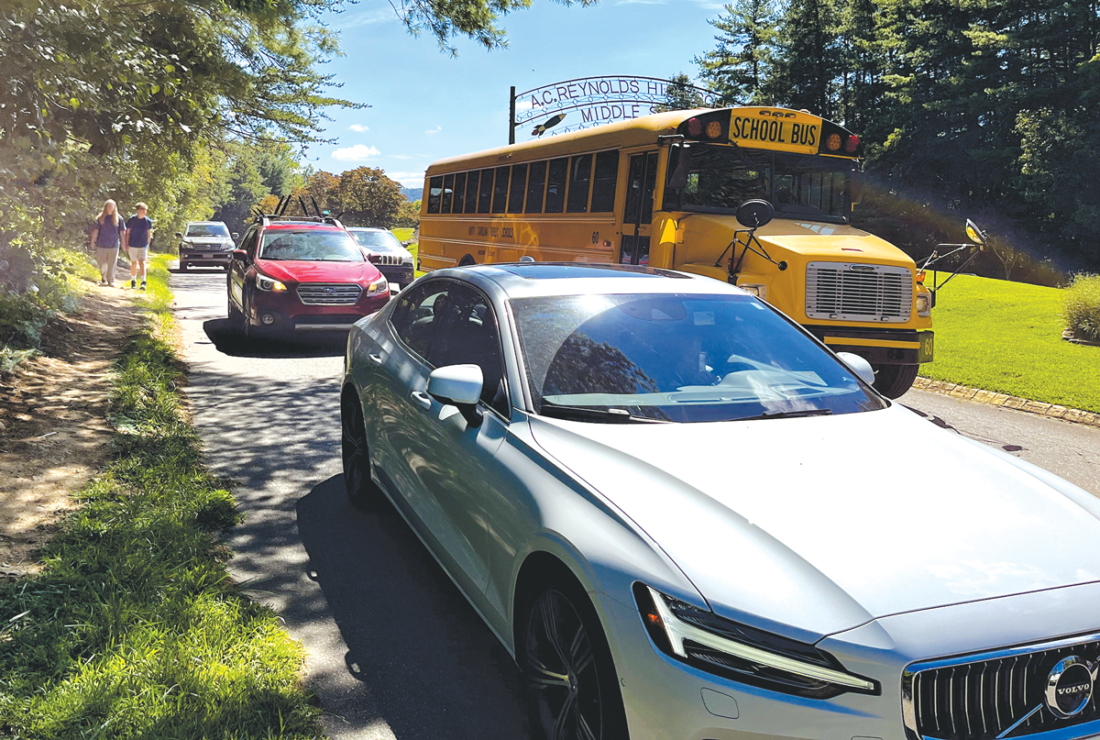The transportation section of the 20-year comprehensive plan Buncombe County commissioners adopted in May calls for numerous steps to make it easier for county residents to move around on foot, bicycle or public transportation.
Proposals include requiring sidewalks as part of new developments, supporting transit-oriented development near municipalities and establishing a capital projects division within county government to build and maintain sidewalks, trails and greenways.
It is much too early to say whether the slow implementation of the county’s 2012 greenways plan is a cautionary tale for those hoping to see ideas in the 20-year plan become reality.
William High, the county’s lead transportation planner, says one of the county’s first actions spurred by the 20-year plan is an inventory of existing sidewalks to identify gaps in pedestrian infrastructure. That will benefit people who need to get to the store just down the road or take a bus to a workplace miles away, he says.
“Our sort of basic thought is … that in places currently served and expected to be served by fixed route transit should have sidewalks — because how else would you get there? — and build out from there,” High says. “We’re still in the process of figuring out how we will maintain them and things like that.”
Counties in many states are responsible for secondary roads and have transportation departments that maintain them. In North Carolina, that job falls to the state Department of Transportation. State law generally prevents NCDOT from building sidewalks that are not part of a highway project and makes it difficult for the City of Asheville — which does regularly build sidewalks — to annex growing areas outside city limits. That leaves the responsibility up to Buncombe County, which High notes owns “very few” sidewalks and, historically, no internal capacity to build them.
On the transit side, the county at the moment is more concerned with trying to get staffing and ridership back to pre-pandemic levels than with any major expansion, he says.
“The sidewalks are the things we’re really missing right now,” High says. “That’s what we need first.”



Before you comment
The comments section is here to provide a platform for civil dialogue on the issues we face together as a local community. Xpress is committed to offering this platform for all voices, but when the tone of the discussion gets nasty or strays off topic, we believe many people choose not to participate. Xpress editors are determined to moderate comments to ensure a constructive interchange is maintained. All comments judged not to be in keeping with the spirit of civil discourse will be removed and repeat violators will be banned. See here for our terms of service. Thank you for being part of this effort to promote respectful discussion.